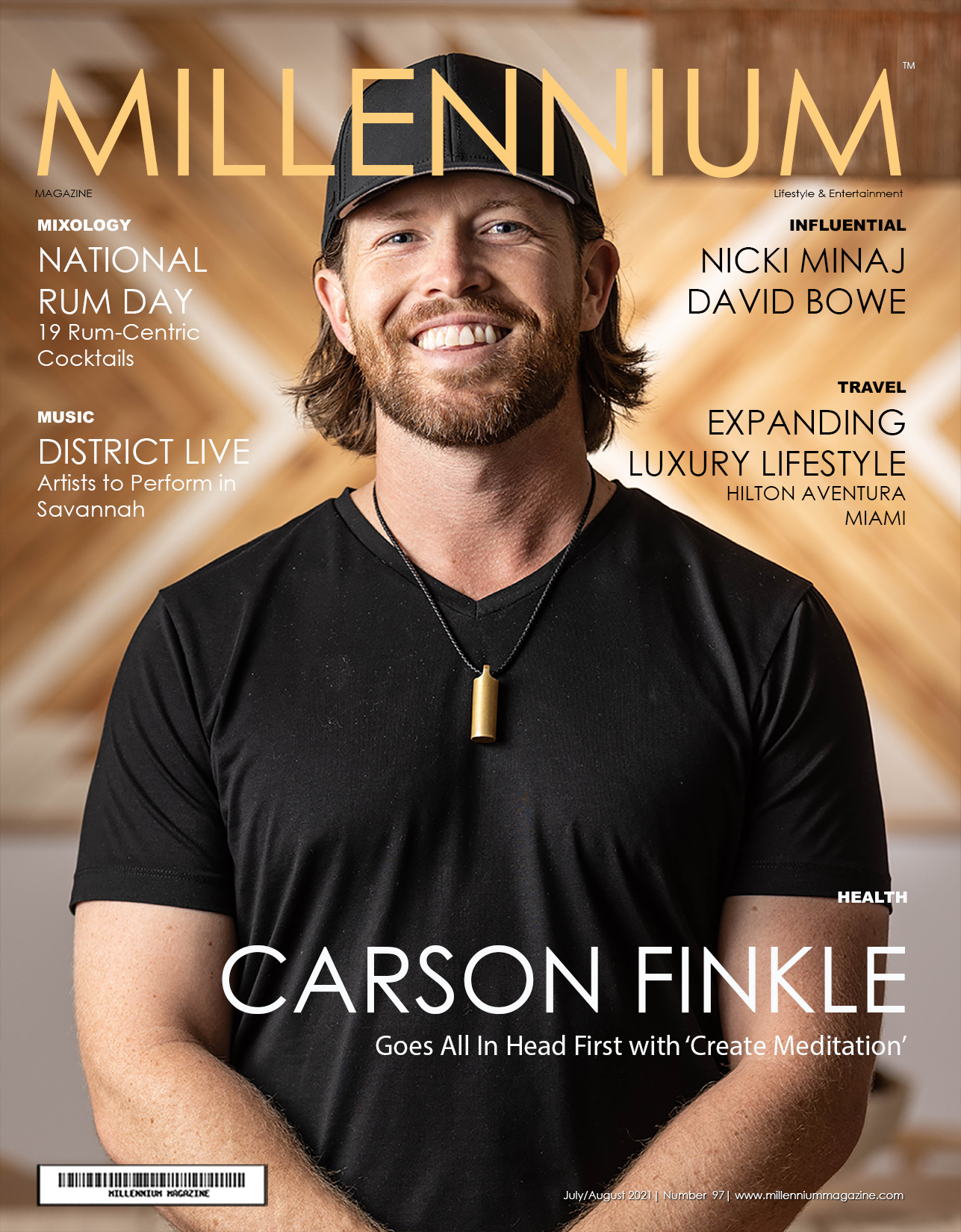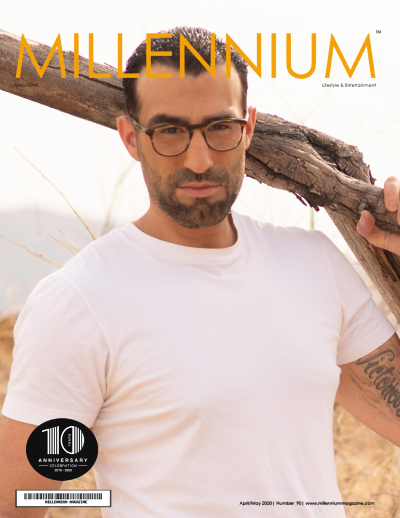By Dr. Nina Radcliff
Halloween is an exciting time for all—children and adults. Between dressing up in costumes, collecting and eating candy, and spending time with family, friends and neighbors, it creates fun-filled memories. And this year, Halloween falls on a Saturday, allowing for extra ghoulish fun. Let’s take a look at how we can follow some simple guidelines to keep the festivities pleasurable and safe for everyone. Dr. Nina’s What You Need To Know: About Halloween Safety Pedestrian Safety The greatest number of pedestrian injuries amongst our children occurs on Halloween night. And, The Centers for Disease Control and Prevention (CDC) found that the number of Halloween-related pedestrian deaths among children increased four-fold compared to all other evenings. Some safety tips include:
- Cross the street at crosswalks or signal lights
- Walk on sidewalks whenever possible, or on the far edge of the road facing traffic to stay safe..
- Make sure to look left, then right, then left again, before crossing, and continue to look as you cross.
- Carry a flashlight and wear reflective tape on costumes or bags.
- Pay attention: Watch for cars that are turning or backing-up. Do not text and walk.
DENTAL HEALTH
Halloween fun and good oral health does not have to be mutually exclusive. The American Dental Association makes several suggestions to decrease the risk of tooth decay from sweets in their Mouth Healthy Halloween Campaign: Eat candy and sweets during or soon after meals when saliva production increases. Saliva helps to neutralize acids produced by bacteria as well as rinse away food particles.
- Avoid hard candy that increases the length of time that sugar is exposed to our teeth.
- Avoid sticky candy that can stick to our teeth.
- Increase water intake to wash away food particles.
MODERATING CANDY
(Checking and Consumption ) Very important is the fact that trick-or-treaters and their parents should be aware that there is always a possibility that someone may tamper with Halloween candy. A responsible adult should always examine all Halloween treats (in a place with a bright light) before anyone eats a piece. Checking Halloween candy includes looking for evidence of tampering and throwing away treats that appear suspicious or have been handmade by strangers. Anything that does not look right, safely dispose of it or contact police if you find tainted candy or treats. In addition, caution your children not to accept any beverages offered to them while trick and treating. Halloween is an opportunity for children, and adults, to stockpile tons and tons of candy that can last for days and even weeks. Some tips to decrease the sugar and calorie consumption include:
- Don’t trick-or-treat on an empty stomach. Being hungry with a bag full of candy is too tempting.
- Hand out toys—and not to worry, kids will not be disappointed! A study from The Journal of Nutrition Education and Behavior showed that children are just as likely to choose toys as they are candy.
- Hand out non-sugary and wholesome foods such as granola bars, canned or dried fruit, popcorn, pretzels, and apples.
- And if you are hosting a party, provide a variety of fruit, veggies, and cheeses. And there are plenty of creative Halloween recipes from carrot fingers to ‘boo’-nana pops.
- Limit candy consumption in the days after to one, two, or three treats a day.
COSTUMES
The origin of Halloween, and costumes, is based on the Celtic holiday, Samhain, a day where the ghosts of the dead were able to mingle with the living. People would don masks and dress up to confuse the spirits. Today, costumes are fun and festive and can range from scary to comical to fantasy to representing pop culture. When choosing costumes, consider:
- Bright and reflective garments to increase visibility when trick-or-treating. Alternatively, add reflective tape.
- Avoiding falls by wearing comfortable shoes and costumes that are not too long.
- Testing makeup on a small area of skin to avoid skin reactions.
- Flame resistant items, including accessories.
SAFETY
Talking to our children about safety is always a wise thing to do, and especially so on Halloween. For older children and young teens who are trick-or-treating without an adult, consider planning and reviewing the route they will be using. Also, remind them to:
Never accept rides from strangers or visit poorly lit homes.
- Walk in groups.
- Stay in touch and abide by a curfew.
- Keep a cell phone readily accessible.
FIRE
Jack o’lanterns and other decorations with flames create a Halloween atmosphere. However, The U.S. Fire Administration estimates that every year, there are 11,300 fires reported to fire departments, 175 injuries, 30 deaths, and $96 million in property loss over a 3-day period around Halloween. Some safety tips to avoid fires include:
- Keeping any candles or flames away from doorsteps, walkways, landings, curtains, small children, and pets.
- Placing them on sturdy tables.
- Never leaving open flames them unattended.
In a world of constant deadlines it is nice that Halloween celebrations throughout our nation still strive to remain centered around fun and family as a shared community event. While staying vigilant to these safety and healthy tips, let’s all include planning to take time and smell the cider; carve a pumpkin (or two); and turn-on our porch lights . . . as we connect with our family, friends and neighbors in the richness and wonder of this memorable evening.

























